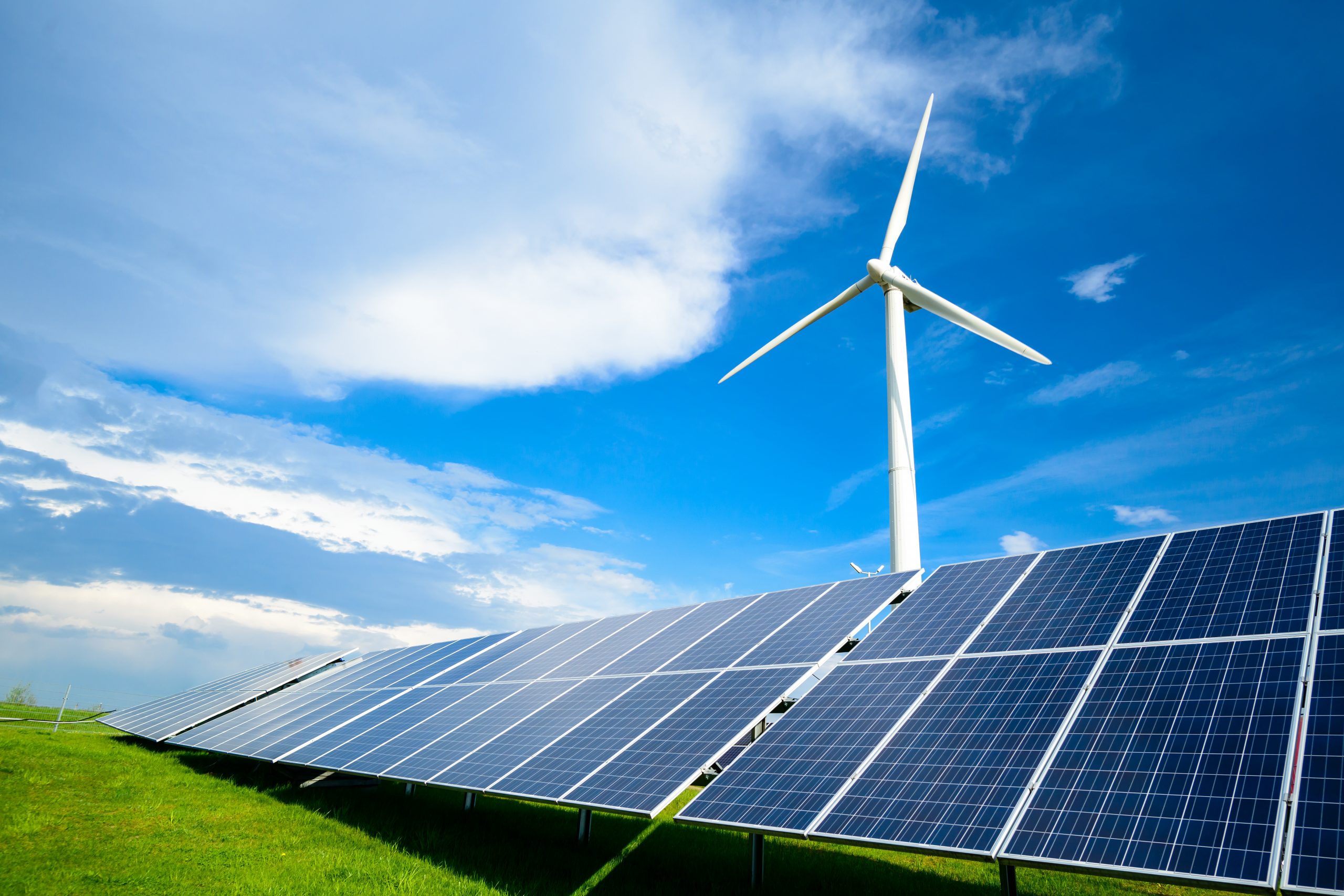November 26, 2024
Challenges for the Solar Cell Value Chain Manufacturing in Europe
EU Ambitions and Challenges
The EU, through the green deal industrial plan and net-zero industry act, has announced ambitious plans to bring solar cell value chain (PV) manufacturing back to Europe. The goal is to establish 30 to 40 GWp/year along the entire value chain. As polysilicon production is already in place, the new manufacturing ambitions would be focused on ingot, wafer, cell, and module. Various EU support schemes were designed to bring back PV manufacturing to the EU.
Also the German government announced their own plans to establish 10 GWp/year of PV manufacturing on ingot, wafer, cell, and module and issued a call for interested parties to respond to the challenge. Both the EU and German plans followed the introduction of the Inflation Reduction Act (IRA) in the USA. The IRA offered very attractive production credits to manufacturing projects along the value chain, while also offering different support schemes for investments. In addition, the US has introduced duties and tariffs on Chinese imports as well as Anti-Dumping/Circumvention duties on select countries in South-East Asia. It soon became clear that the EU’s open borders and lack of production support would be a major shortcoming vs the US more holistic PV support.
Global Overcapacity and Price Competition
The Chinese PV industry went through massive capacity expansions along the entire value chain in the period 2022-2024, all driven by very generous state subsidy schemes, resulting in a massive capacity build up. The result of the Chinese capacity expansion is that there is sufficient capacity to serve more than 1000 GWp/year of demand across all sectors of the PV value chain, resulting in sharp price drops on all PV components. Global PV demand is currently about half of the nameplate capacity and is not expected to reach 1000 GW until around 2030. Chinese overcapacity has proven to be a serious challenge for the global PV industry. While many smaller companies in Europe have closed production capacity, the Chinese companies have not escaped this self-created crisis. As component prices have fallen below cost of production, capacity is being shuttered in China, and the PV players have incurred major losses in their fight to be the last man standing.
Impact on the Diamonds4IF Project
The effects of this situation are clearly noticeable within the Diamonds4IF consortium, as it works closely with companies active in the renewable energy sector, specifically in the PV industry. The main challenges identified by the industrial sector are:
- Firstly, the EU support schemes and business environment are not sufficiently attractive for private investors to consider the EU as a viable place for renewable energy manufacturing.
- Secondly, with no PV manufacturing in Europe there is no customer base in the EU for components along the value, making otherwise interesting projects unviable for manufacturing in the EU. With insufficient support and high labor and electricity costs PV manufacturing is rather looking towards areas where this is more favorable and/or there is already an existing or emerging customer base. Asia and the US are seen as better alternatives for PV manufacturing.

